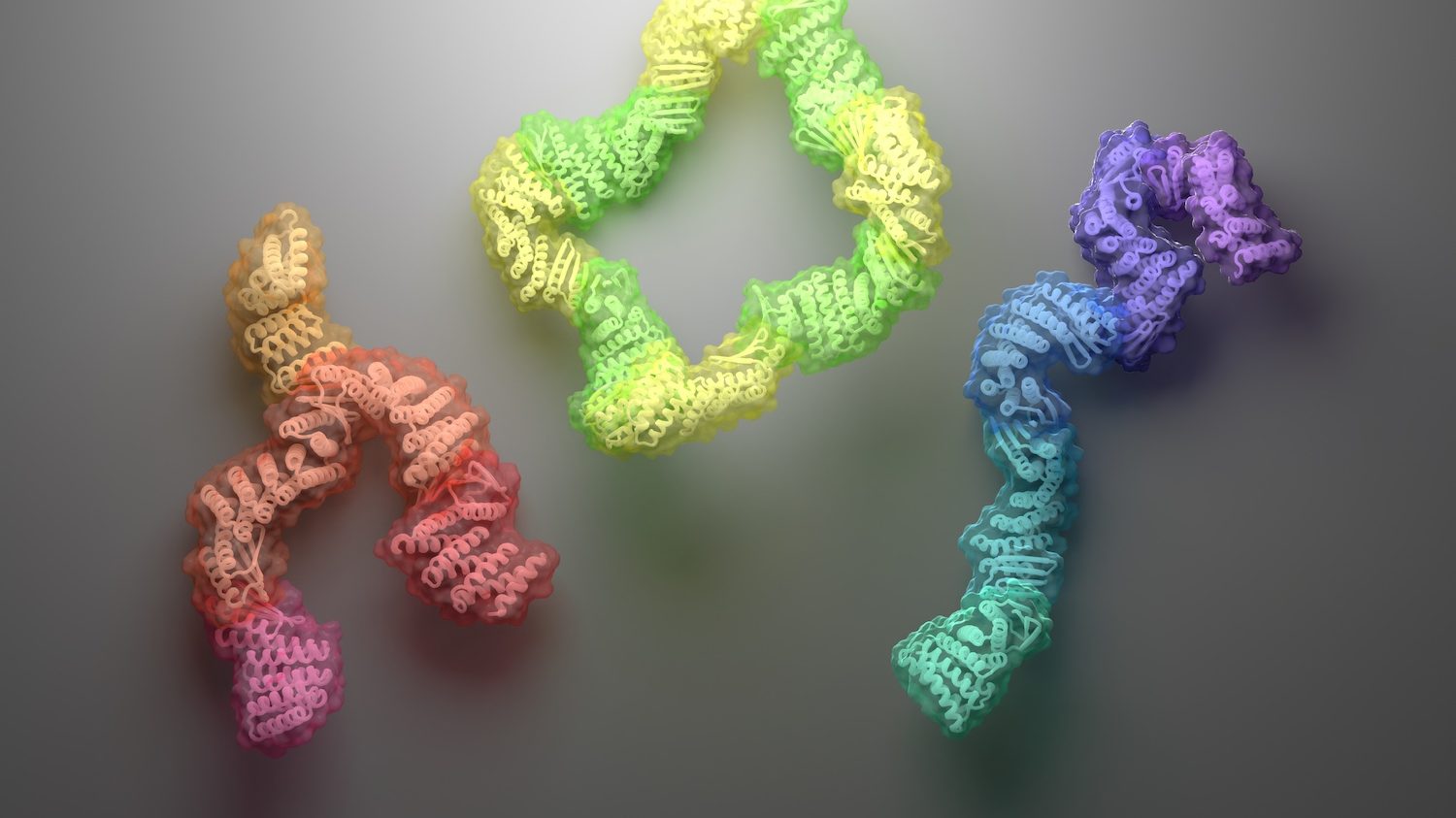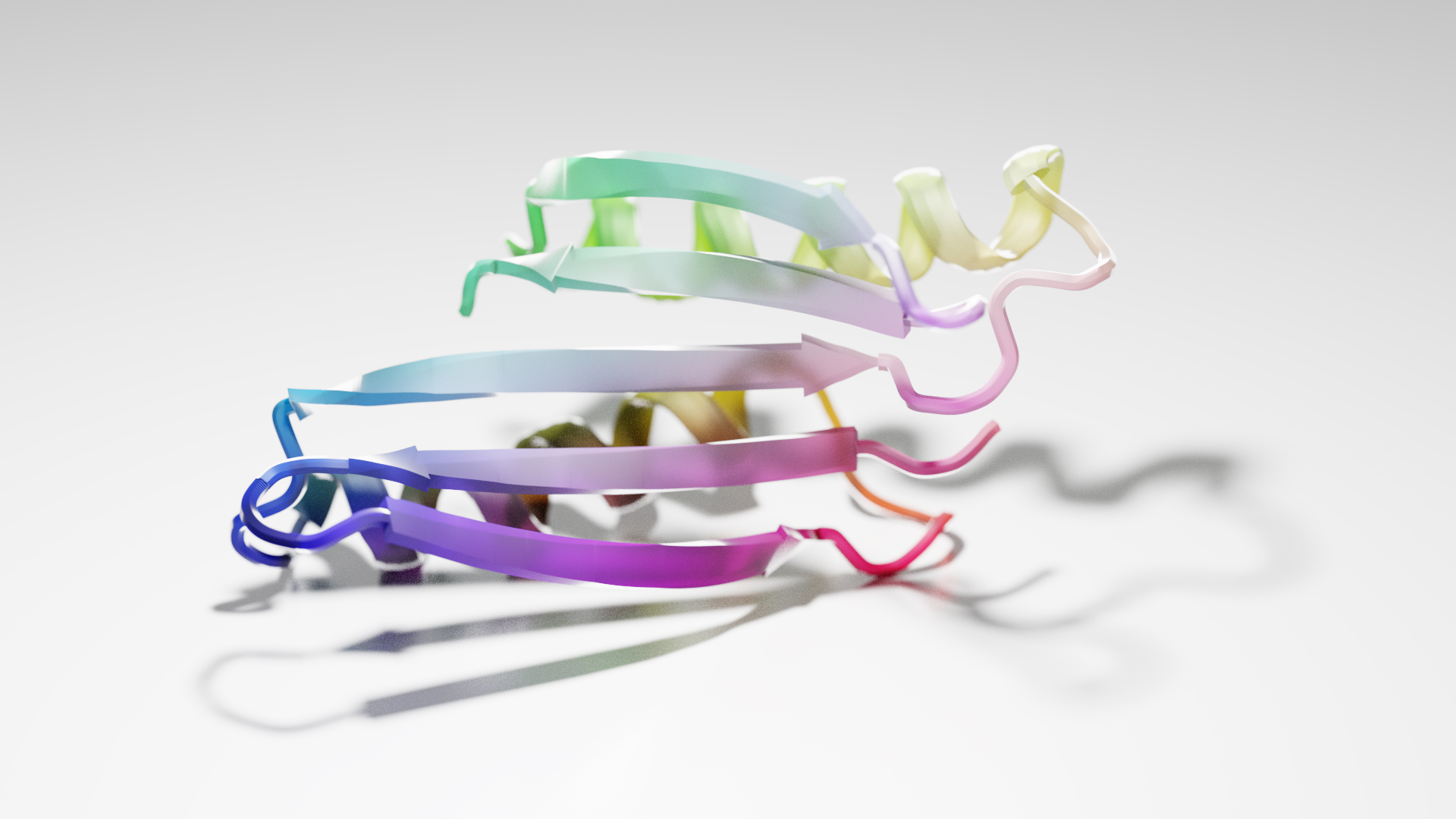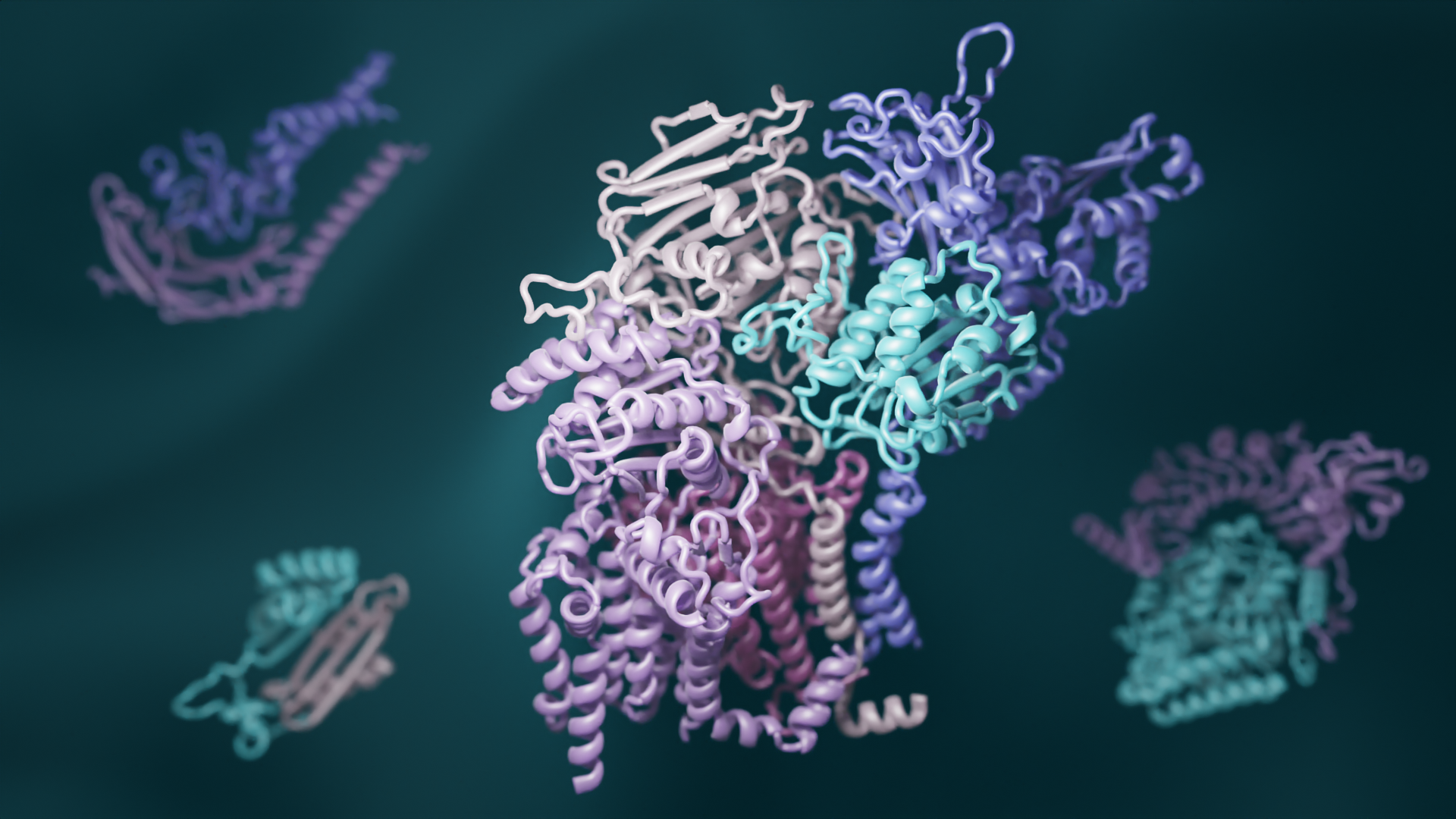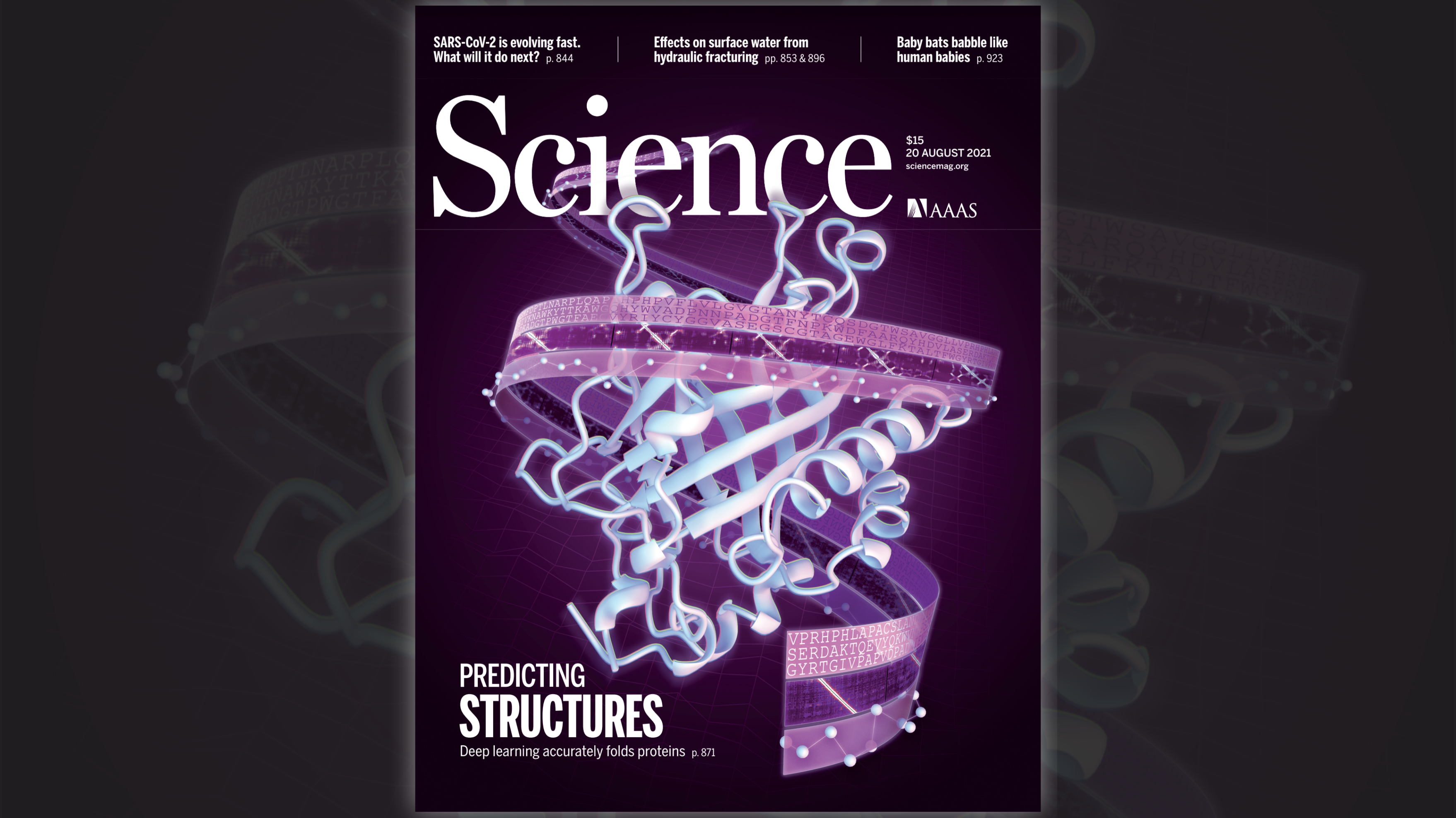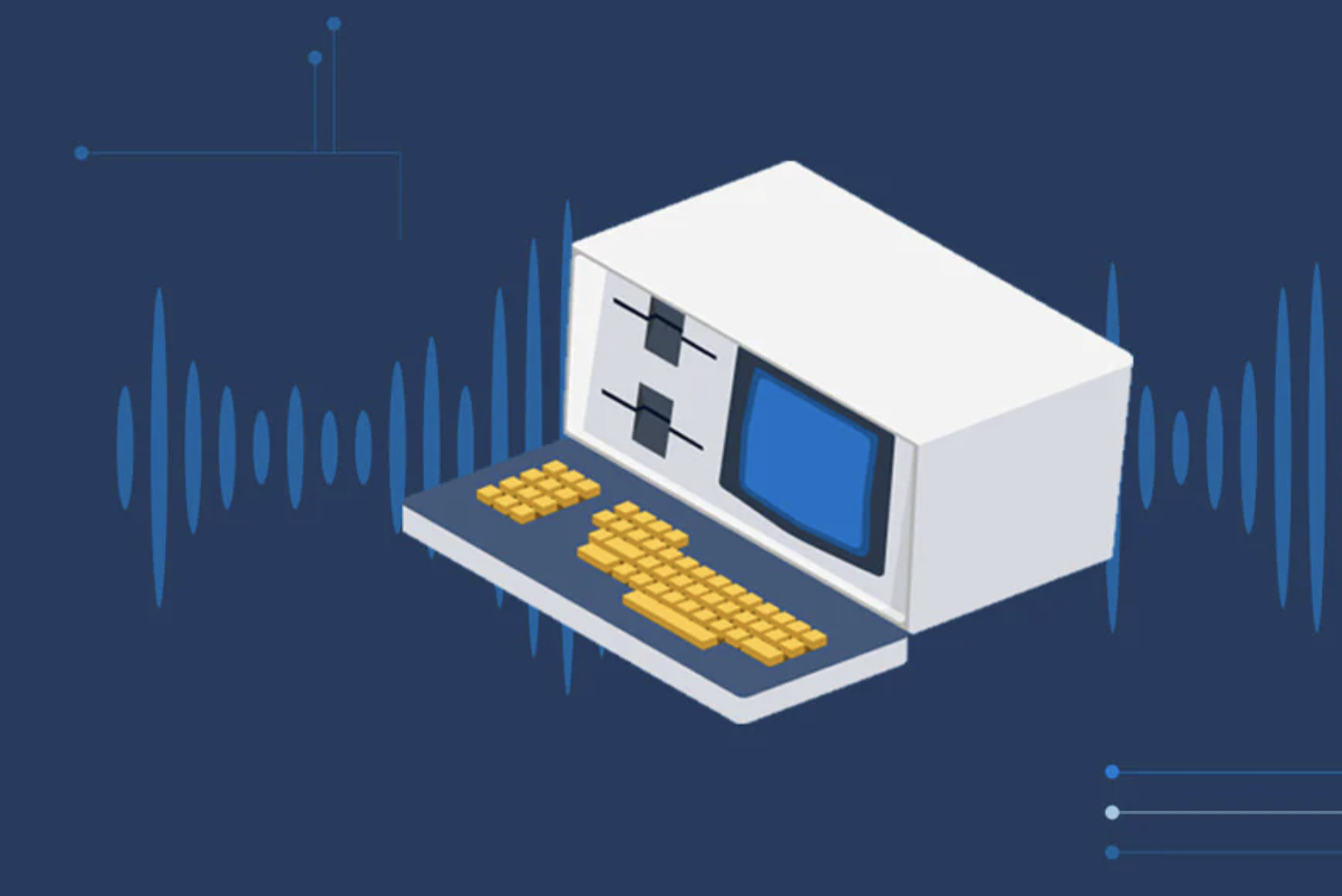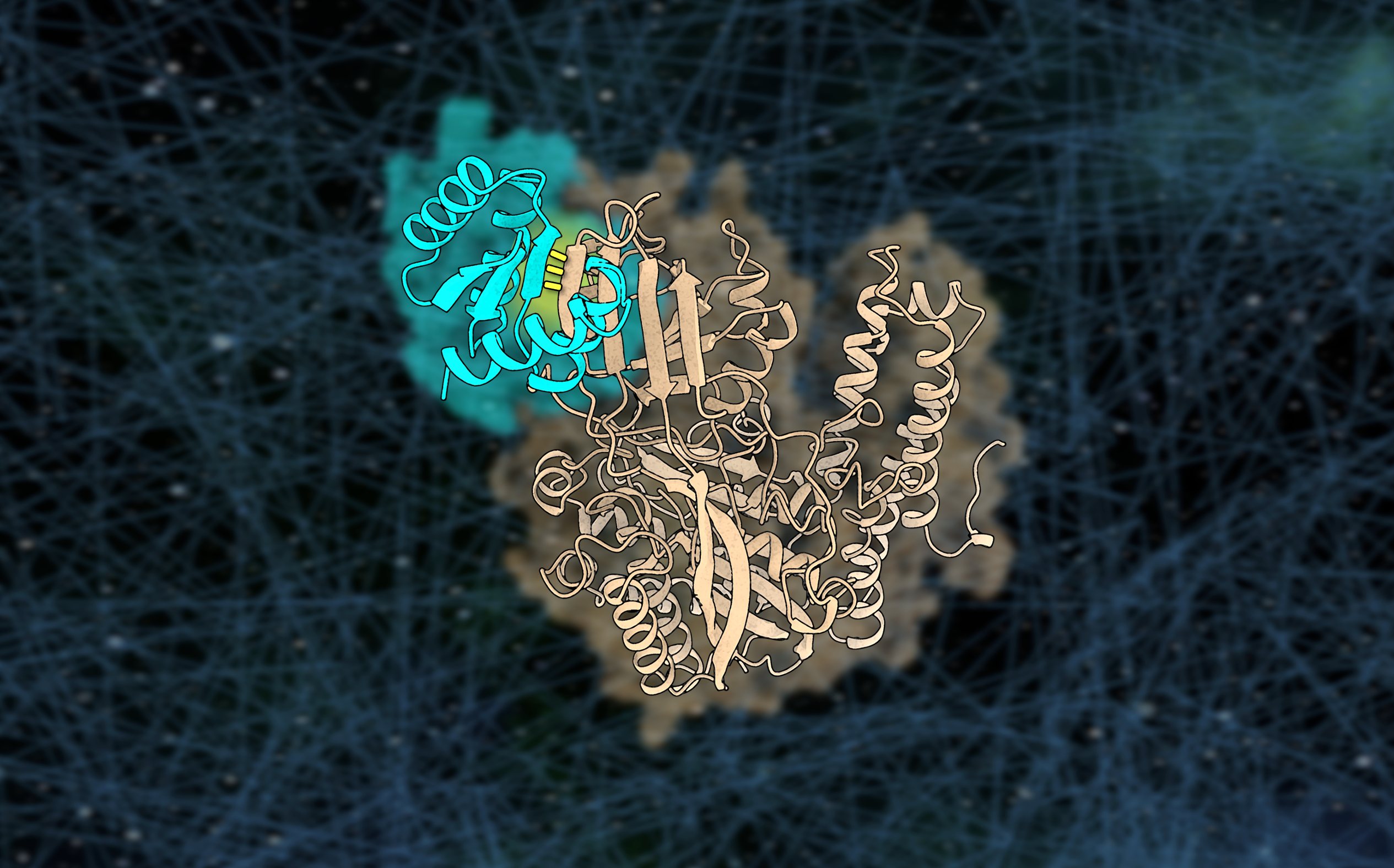-
Watch David Baker speak at the PDB 50 Year Anniversary
The Protein Data Bank (PDB), an archive of free macromolecular structural data, recently marked its 50th birthday. To celebrate, Biophysical Society hosted a virtual symposium, highlighting some of the high-impact applications of protein structural data, with a particular focus on the areas of structure prediction and membrane protein biophysics. At the event, David Baker shared…
-
Diverse protein assemblies by (negative) design
A new approach for creating custom protein complexes yields asymmetric assemblies with interchangeable parts. Today we report in Science the design of new protein assemblies made from modular parts. These complexes — which adopt linear, branching, or closed-loop architectures — contain up to six unique proteins, each of which remains folded and soluble in the absence…
-
Deep learning dreams up new protein structures
Just as convincing images of cats can be created using artificial intelligence, new proteins can now be made using similar tools. In a new report in Nature, we describe the development of a neural network that “hallucinates” proteins with new, stable structures. “For this project, we made up completely random protein sequences and introduced mutations into…
-
Deep learning reveals how proteins interact
A team led by scientsts in the Baker lab has combined recent advances in evolutionary analysis and deep learning to build three-dimensional models of how most proteins in eukaryotes interact. This breakthrough has significant implications for understanding the biochemical processes common to all animals, plants, and fungi. This open-access work appears in Science. “To really…
-
Lab hike to Lake Ingalls
Several postdocs and grad students from the lab trekked out to the Alpine Lakes Wilderness. Luckily, a few hikers remembered to pack their cameras! [envira-gallery id=”3577″]
-
Accurate protein structure prediction accessible to all
Today we report the development and initial applications of RoseTTAFold, a software tool that uses deep learning to quickly and accurately predict protein structures based on limited information. Without the aid of such software, it can take years of laboratory work to determine the structure of just one protein. With RoseTTAFold, a protein structure can be…
-
David Baker on Behind the Tech podcast
David Baker recently joined Microsoft’s Chief Technology Officer Kevin Scott for Behind the Tech, a podcast that goes behind-the-scenes with today’s most innovative tech leaders. Listen via the Tweet below: Dr. David Baker is a professor of biochemistry and the director of @UWProteinDesign at the University of Washington, where his team is working to create novel…
-
Hitching a ride into the brain
In a new paper, we describe a general approach for designing proteins that bind to exposed polar backbone groups at the edge of beta sheets with geometrically matched beta strands. We used this approach to create small proteins that bind to an exposed beta sheet on the human transferrin receptor, which shuttles interacting proteins across…

